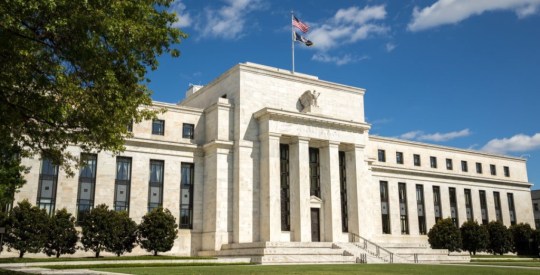Servicers’ forbearance portfolio volume dropped in April to a level below 1%, with fewer than half a million borrowers remaining with an active plan, according to the monthly Loan Monitoring Survey conducted by the Mortgage Bankers Association (MBA).
That’s good news after the economic impacts of the Covid-19 pandemic hit borrowers hard, making it difficult for Americans to pay their mortgages. In total, the share of loans in forbearance decreased by 11 basis points, to 0.94% in April from 1.05% in March.
The most notable decline was in the portfolio loans and private-label securities (PLS) category, dipping by 29 basis points to 2.15%. Ginnie Mae loans in forbearance decreased 9 bps, at 1.29% of servicers’ portfolio volume. Meanwhile, Fannie Mae and Freddie Mac loans dropped by six basis points to 0.43%.
At the end of April, 470,000 homeowners were in forbearance plans.
According to Marina Walsh, vice president of industry analysis at MBA, the pace of monthly forbearance exits in April reached its lowest level since June 2020, when the association first started tracking exits.
“Servicers are expected to continue making small incremental inroads to the remaining loans in forbearance,” Walsh said.
Sponsored Video
Total forbearance requests were 0.10% of servicing portfolio volume in April, while exits represented 0.21%. The survey also shows 28.9% of total loans were in the initial stage last month and 58.1% were in a forbearance extension. The remaining 13% were re-entries.
During the past 22 months, MBA data revealed that 29.3% of exits resulted in a loan deferral or partial claim, while almost 19% of borrowers continued to pay during the forbearance period. However, 17% were borrowers who did not make their monthly payments and did not have a loss mitigation plan.
The survey also shows loans serviced, not delinquent or in foreclosure, were 95.64% in April, up from 95.47% in March, an improvement despite potential headwinds such as high inflation and stock market volatility.
According to Walsh, the improvements are due to the U.S. unemployment rate remaining below 4%, which leaves borrowers in a good position to make their mortgage payments.



